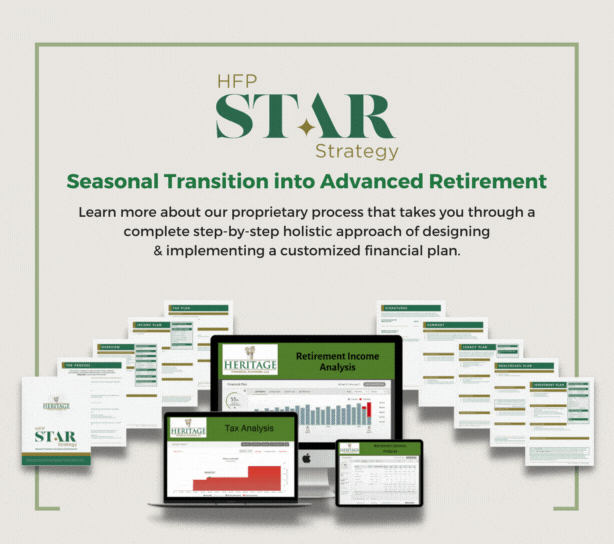When planning for retirement, it’s easy to get overwhelmed. Putting together a financial strategy can be complicated at any time, what with changing regulations, ups, and downs in the market, and disagreements – even among the better-known investment advisers – about the best ways to save and spend money. But the closer you stop that regular paycheck, the scarier things can get.
According to a recent Ameriprise Financial study, more than half of pre-retirees report feeling anxious about their impending retirement and worrying they will run out of money.
What did they say made them feel more confident? Having a plan in place.
If you’re ready to take control, talk to a financial adviser about these four financial planning essentials:
- Put a tangible and comprehensive retirement plan in place. Find a financial adviser who specializes in advance planning — not just investment planning, but also income planning (making sure you’re paying yourself the right way in retirement), tax planning strategies (minimizing your exposure, so you’re not paying more than you have to), health care planning (finding the right Medicare plan for you and considering your long-term care needs) and legacy planning strategies (assuring your assets will pass efficiently to the people and/or charities of your choice). Then gather up your paperwork and get ready to get comprehensive.
- Make sure your plan includes transitioning from growth to income investing. People tend to get stuck in one investing strategy. They spend so many years trying to accumulate money that they forget to shift from the growth phase to the income phase when they retire. One common mistake is to start taking systematic withdrawals – a set dollar amount – without changing to an income-type portfolio. That’s fine if the market is up: You make money and take money – no harm, no foul. But if you’re pulling out money in a down market, you’re increasing the odds of running low on or out of funds. Rework your plan to preserve your money as the years pass.
- Be aware of fees and overpaying to own your investments. Imagine you’re on a cruise with icebergs in the water. You know what’s above the water because you can see it, but you don’t know what’s below the surface. It’s the same thing in the financial planning industry: Advisers’ fees or the stated expense ratios on mutual funds are above the water and pretty easy to spot. But you really don’t know what’s below the surface unless you thoroughly evaluate your portfolio. People will think that they’re paying just 1% to their advisers. But they don’t realize that their portfolio is getting hit with another 4% or 5% in additional mutual fund costs or other expenses. Making sure your underlying investments are as cost-efficient as possible will put more money in your pocket.
- Consider a retirement income annuity to create a pension-like income in retirement. A lot of people are retiring without a pension today. But they have 401(k), 403(b), or 457 plans, and when they retire, they can use that money to create their own pension. Properly structured annuities with income benefits can make it unlikely that you will run out of money for as long as you live. Look for one that has an inflation hedge, so you don’t buy into a set figure today that won’t be enough if you live 20 or 30 years in retirement. After all, a long retirement should be your goal — not your worst nightmare.
With proper planning and the help of a qualified financial advisor, you can have peace of mind knowing that you’ll reach your retirement goals. Heritage Financial Planning strives to empower our clients with financial security by helping them create long-term plans centered on reality. We understand that life does not come with a predetermined script and that any financial endeavor must consider any changes that may occur along the way. That’s why we developed our HFP S.T.A.R. Strategy. Our proprietary process takes you through a complete step-by-step holistic approach to designing and implementing a customized financial plan consisting of retirement income planning, “age-appropriate” investment strategies, tax planning and positioning, health care strategies, and legacy planning.

Click here to learn more about our HFP STAR Strategy process.
Designing and implementing a financial plan can seem daunting, but it doesn’t have to be. We make it easy for you by providing step-by-step guidance every step of the way.
Give us a call at the office to schedule your no-cost, no-obligation meeting today!
Source: Copyright © 2023 The Kiplinger Washington Editors. All rights reserved. Distributed by Financial Media Exchange.












